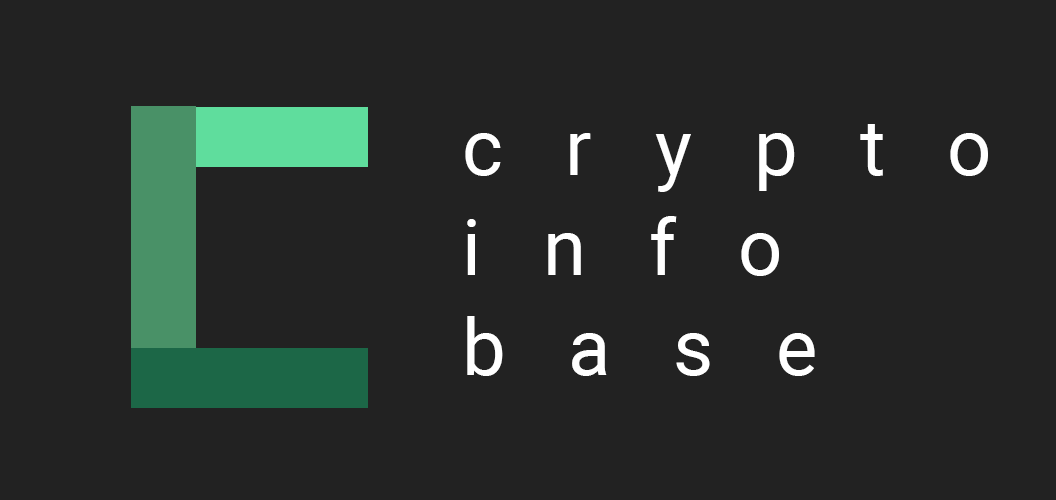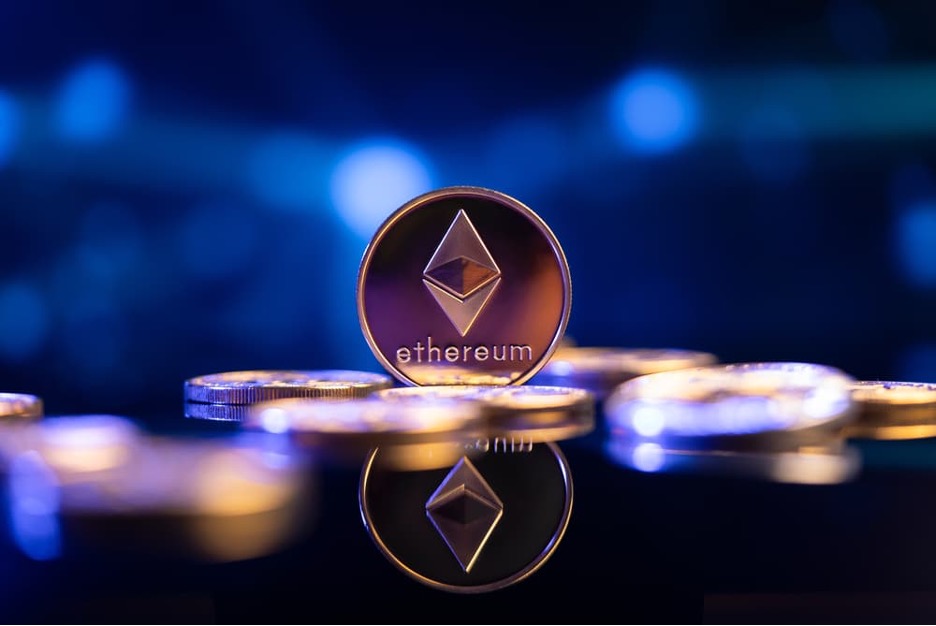With a wide variety of digital tokens, the cryptocurrency market is a diversified environment. These tokens are created using blockchain protocols and adhere to a set of guidelines.
Standards for tokens have been a major focus of the Ethereum software industry. With the help of these standards, smart contracts will continue to be composable, assuring that new tokens released by projects will work with decentralized exchanges that already exist.
It’s challenging to keep track of all the different blockchain networks and token specifications that arise. The most popular crypto token types—ERC-20, ERC-777, ERC-721, and ERC-1155 will be covered in this article.
Contents
Introduction of Tokens
Tokens are a type of digital asset, which can represent anything from a unit of currency to access to a service or utility. Tokens can be used to build dApps, or decentralized applications, which are frequently faster to build than new blockchains.
Like equities and commodities, tokens can be exchanged, but their volatility is far higher. A token’s value is governed by supply and demand, but it can also be affected by investor attitude, news about the project, legal restrictions, and other reasons.
Defining Token Standards
When building, issuing, and deploying tokens on blockchains supporting smart contracts, developers must abide by a set of rules, guidelines, and requirements called token standards.
The Ethereum network has its own set of standards known as ERC (Ethereum Request for Comments), which outline the guidelines and necessary features for tokens generated on the Ethereum platform. Integrations and interactions are significantly more easily available because of these established protocols.
An ERC may be created by anyone. But, it needs to go through the Ethereum Improvement Proposal (EIP) procedure, which is a document with the proposed features and procedures for the Ethereum blockchain network.
The proposed modification is visible to all network users, who may then determine whether it enhances the functionality of the current ERC. If the Ethereum community and developers believe your improvement to be significant, they will adopt it and put it into use so that everyone can benefit.
Most Popular Token Standards on Ethereum
The following are some of the ERC standards that are most extensively applied:
ERC-20 Token Standard
The Ethereum blockchain’s most popular token standard is ERC-20. It specifies a collection of rules and procedures for producing fungible tokens, which are interchangeable and have a fixed value similar to all other ERC-20 tokens. The creation of stablecoins and crowdfunding both generally employ ERC-20 tokens.
Voting privileges, compensating network users, and carrying out other on-chain operations are all possible with ERC-20 tokens.ERC-20 tokens can be deposited and withdrawn on reputable exchanges including KuCoin, Binance, and IDEX. On these platforms, you may also view the most recent Ethereum price.
ERC-721 Token Standard
In the Ethereum blockchain, ERC-721 is a standard for non-fungible tokens (NFTs). NFTs holds a unique value, much like the picture that isn’t mass-produced, as opposed to fungible tokens, which have a value that is transferrable with others of their sort.
Each ERC-721 coin has its own particular feature and cannot be divided further, in contrast to ERC-20 tokens, which can be divided into smaller units. They are perfect for producing collectibles and other distinctive goods.
ERC-777 Token Standard
The newest Ethereum blockchain token standard, ERC-777, expands on ERC-20’s capability by adding new features including token operators. For instance, asset management and governance tokens are just two uses for ERC-777 tokens.
Sending tokens and informing a contract are two separate actions that are combined into one by ERC-777, which saves time and effort. Rejecting transactions from addresses that are on a blacklist is a new feature introduced by this token standard.
The VRA token from Verasity is an example of the ERC-777 standard, which was previously known as an ERC-20 protocol. It is a digital currency for esports and video content. It has a sophisticated trading pair called VRA USDT and is tradeable on numerous cryptocurrency platforms.
ERC-1155 Token Standard (Multi-Token)
The ERC-1155 token standard permits multiple types of tokens to be created within a single contract. This means that several products can be created using the same contract, each with a distinct ID and the option to be fungible or not.
ERC-1155 is used in games and other applications where it is necessary to effectively manage a variety of token kinds. ERC-1155 enhances the functionality of both of its predecessors while lowering gas costs and speeding up transactions. The best feature of ERC-1155 is the ability to produce semi-fungible tokens.
Wrapping Up
Choosing the appropriate tool is the first stage of constructing a smart contract. ERC-20 allows you to build straightforward fungible tokens; ERC-777 enhances their functionality; ERC-721 allows you to construct non-fungible tokens; and ERC-1155 allows you to create hybrid smart contracts.
Each of these token standards has a different function and accomplishes a specific goal. One of Ethereum’s unique features is its capacity to tokenize a broad range of assets, and this capability will continue to open up novel and technically advanced applications in the future.




